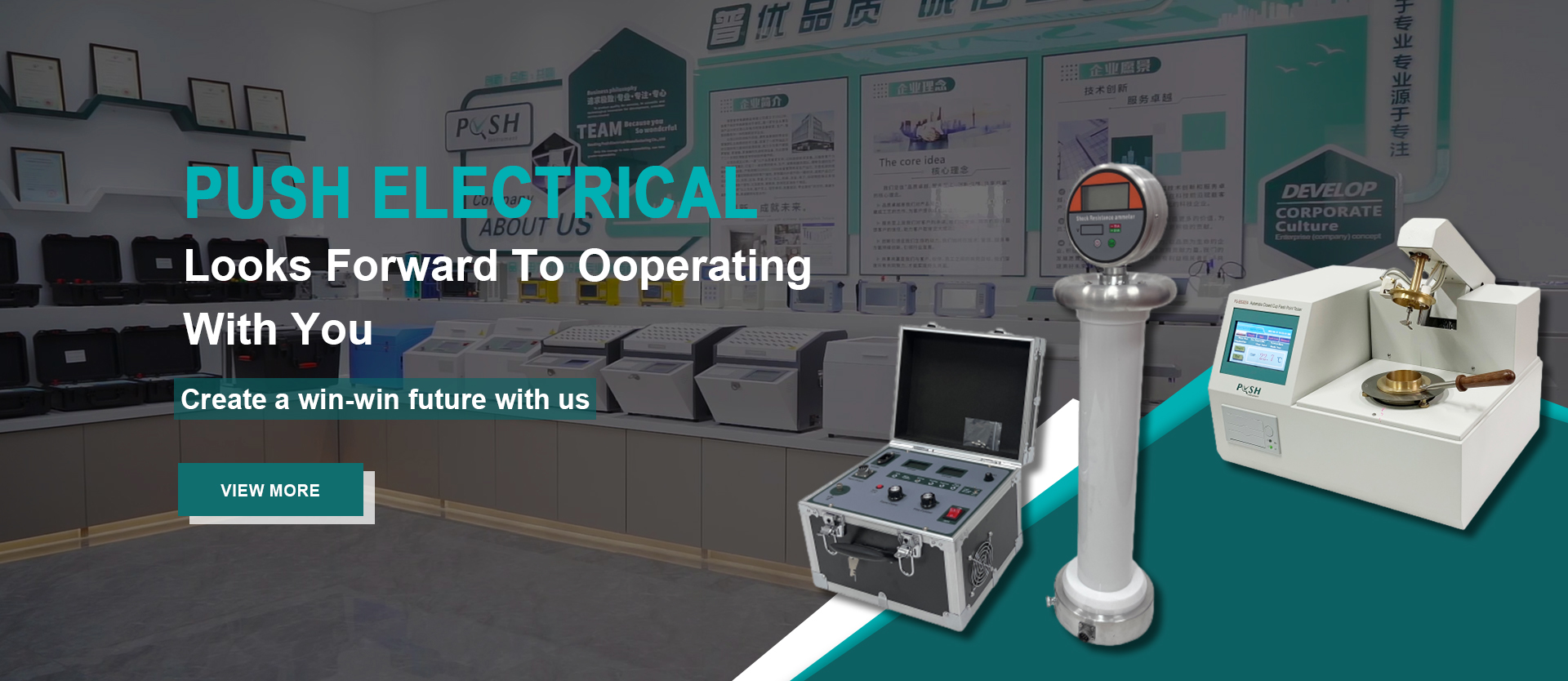 English
English


Advanced Microwave Distillation Equipment for Efficient Solvent Separation and Purification Processes
Microwave Distillation Apparatus Revolutionizing Extraction Processes
Microwave distillation apparatuses have emerged as innovative tools in the field of separation and purification technologies. These devices leverage the unique properties of microwave radiation to accelerate the distillation process, offering improved efficiency, reduced energy consumption, and enhanced product quality. In this article, we delve into the principles, applications, advantages, and future prospects of microwave distillation.
Principles of Microwave Distillation
At its core, microwave distillation relies on the electromagnetic waves produced by microwave generators. When materials containing volatile substances are subjected to microwave radiation, the polar molecules within these substances absorb the energy and begin to vibrate. This rapid vibration generates heat, leading to the quick evaporation of the volatile components. The vapor is then condensed and collected, essentially separating the desired product from non-volatile impurities.
Unlike traditional distillation methods, which often require lengthy heating times and relatively high temperatures, microwave distillation significantly reduces both the time and energy needed for effective separation. This is particularly beneficial when working with heat-sensitive compounds that might degrade under prolonged exposure to high temperatures.
Applications in Various Industries
Microwave distillation apparatuses find applications in several industries, including pharmaceuticals, food and beverage, and environmental monitoring
. In pharmaceutical manufacturing, these systems can efficiently extract essential oils and active pharmaceutical ingredients (APIs) from plant materials, significantly cutting down processing times and enhancing yield.In the food industry, microwave distillation is employed to extract flavors, fragrances, and bioactive compounds from natural sources. This method retains the integrity and quality of flavor compounds that might otherwise be lost in traditional extraction processes. Furthermore, in environmental science, microwave distillation can be used to purify contaminated water or recover valuable solvents from waste materials, fostering sustainability and eco-friendliness.
microwave distillation apparatus

Advantages of Microwave Distillation
One of the primary advantages of microwave distillation is its speed. The use of microwaves allows for rapid heating, which not only reduces the time taken for distillation but also enhances the selectivity of the process. This means that more of the desired compounds can be extracted in less time, leading to higher yields.
Additionally, because the apparatus can be precisely controlled, researchers can optimize conditions to maximize efficiency. This level of control is particularly crucial when dealing with sensitive compounds, as it minimizes the risk of thermal degradation.
Energy efficiency is another significant benefit of microwave distillation. Traditional distillation processes often consume large amounts of energy due to prolonged heating times. In contrast, microwave distillation can reduce energy requirements by up to 90%, making it a more sustainable choice for industries aiming to lower their carbon footprint.
Future Prospects
The future of microwave distillation looks promising as technological advancements continue to enhance the capabilities of these systems. Ongoing research is focused on improving microwave absorption properties, allowing for greater efficiency and versatility in a variety of chemical processes.
Moreover, as the global demand for natural extracts and eco-friendly technologies rises, industries are increasingly turning to microwave distillation for its efficiency and effectiveness. The integration of automation and artificial intelligence into these systems may further streamline operations, resulting in even better product yields and quality.
In conclusion, microwave distillation apparatuses represent a significant advancement in the field of separation technologies. With their ability to provide faster, more efficient, and more sustainable extraction processes, they are likely to play a vital role in various industries for years to come. As research continues to innovate and improve these systems, the potential applications and benefits will only expand, paving the way for a greener and more efficient future in distillation technology.
-
Differences between open cup flash point tester and closed cup flash point testerNewsOct.31,2024
-
The Reliable Load Tap ChangerNewsOct.23,2024
-
The Essential Guide to Hipot TestersNewsOct.23,2024
-
The Digital Insulation TesterNewsOct.23,2024
-
The Best Earth Loop Impedance Tester for SaleNewsOct.23,2024
-
Tan Delta Tester--The Essential Tool for Electrical Insulation TestingNewsOct.23,2024





